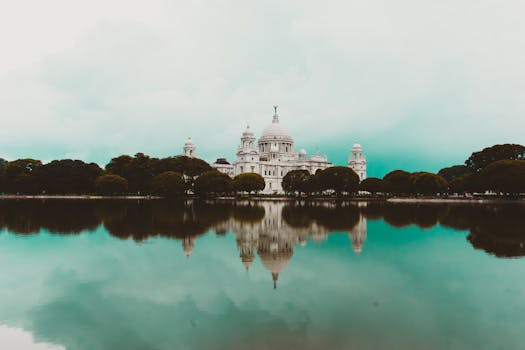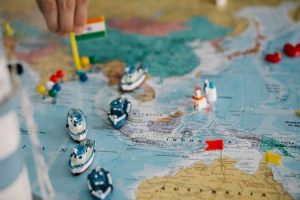Travel Photography Ethics Respect Local Culture Customs
Travel photography has become increasingly popular in recent years, with the rise of social media and the ease of access to different parts of the world. However, along with the opportunities that travel photography presents, there are also ethical considerations that must be taken into account. As photographers, it is important to respect the local culture and customs of the places we visit. In this article, we will delve deeper into the topic of travel photography ethics and discuss the importance of respecting the cultural sensitivity of the places we photograph.
Understanding Local Culture and Customs
Before embarking on a photography journey, it is essential to educate ourselves about the local culture and customs of the place we plan to visit. This includes understanding their beliefs, traditions, customs, and taboos. Not only does this help us to capture more meaningful images, but it also shows respect and consideration for the people we are photographing.
One way to gain a better understanding of a culture is by interacting and engaging with the locals. Instead of simply snapping photos from a distance, take the time to speak with the people and learn about their way of life. This will not only add depth to your images but also allow you to capture the true essence of the culture.
Seek Permission
When photographing people, it is crucial to seek their permission before taking their photo. This applies even more so in cultures where privacy and modesty are highly valued. It is disrespectful and intrusive to take a photo of someone without their knowledge or consent. Always approach individuals and ask for their permission before taking their photo.
When seeking permission, it is also important to explain what you will be using the photos for. If you plan to publish the images in any way, make sure to obtain written consent. This not only protects the individual’s privacy but also prevents any potential exploitation of the images.
Be Mindful of Sacred and Sensitive Locations
When visiting a new place, it is essential to be respectful of sacred and sensitive locations. These could be religious or cultural sites that hold great significance to the local community. Before taking any photos, make sure to ask for permission from the appropriate authorities. In some cases, photography may be prohibited altogether, and it is essential to respect these rules.
Moreover, be mindful of your surroundings and the impact your presence may have on the area. Avoid damaging any fragile structures or disrupting the natural environment. It is also essential to dress appropriately when visiting these types of locations, as a sign of respect for the local customs and traditions.
Do Not Exploit or Stereotype
Unfortunately, there have been numerous cases where travel photographers have exploited and stereotyped the people and cultures they photograph. This not only goes against ethical principles but also perpetuates harmful stereotypes and reinforces the idea of the “exotic other”. As photographers, it is our responsibility to celebrate diversity and showcase the beauty of different cultures without contributing to harmful narratives.
When photographing people, avoid portraying them as exotic or primitive. Instead, capture them in a respectful and dignified manner. It is also important to be mindful of the power dynamics at play and to always consider the consequences of your images.
Conclusion
In conclusion, as travel photographers, we have a responsibility to respect the local culture and customs of the places we visit. This not only shows consideration for the people we photograph but also helps to prevent exploitation and negative stereotypes. By educating ourselves and seeking permission, we can create more meaningful and ethical images that celebrate the beauty and diversity of the world.








